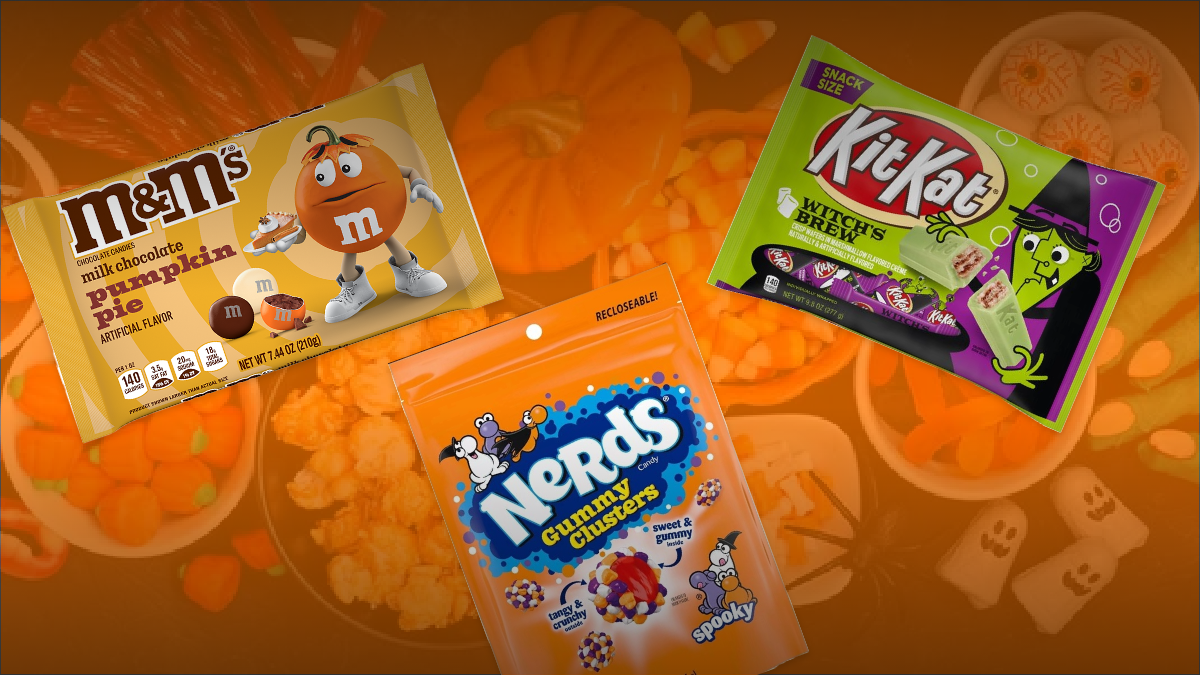From Ghoulish Gimmicks to Emotional Gold: What Makes Seasonal Innovation Stick?
Every year, as Halloween approaches, marketers don their metaphorical capes, mask or KPOP Demon Hunter getup to conjure up limited-edition SKUs, themed campaigns, and eerie packaging in the hopes of capturing consumer attention. But too often, these seasonal innovations vanish like ghosts on November 1st—memorable for a moment, but ultimately forgettable.
So what separates a ghoulish gimmick from emotional gold? Drawing on the insights of Orlando Wood, Les Binet, and the System1 team’s extensive research into long-term effectiveness, we explore how brands can make seasonal innovation not just scream-worthy—but stick.
Right-Brain Thinking in a Left-Brain Season
As Orlando Wood has shown in his work (Lemon, Look Out), advertising effectiveness has declined in part because of a shift toward left-brain thinking—overly rational, repetitive, and self-referential. Halloween marketing, for all its creativity, often falls into this trap: an excess of skulls, pumpkins, and purple-and-orange color palettes, but with little emotional resonance.
The seasonal work that really sticks — especially at Halloween (my favorite holiday!) — leans into right-brain magic: characters, storytelling, music, and moments that unfold with a sense of surprise or delight. Think of the timeless charm of M&M’s spooked-out mascots or the weird, wonderful energy of Skittles’ Halloween ads. The best of these don’t just push product — they tell a story, spark emotion, and build the kind of memory structures that last well beyond October 31st.
As Wood puts it, “If you want to be remembered, be different in a human way.”
Fame>Novelty
Jon Evans, System1’s Chief Customer Officer, reminds us that fame is the most powerful driver of long-term effectiveness. Seasonal innovation often chases novelty—new flavor, new costume, new font—but novelty alone doesn’t build mental availability. Fame does.
So how do brands earn fame during seasonal moments? They repeat with variation. Jon Kearon and Tristan Findlay have worked with brands to stretch seasonal assets across years—using recurring characters, familiar story arcs, and recognizable brand codes in new but emotionally consistent ways. Seasonal doesn’t mean starting from scratch; it means iterating on something consumers already love.
This is the difference between Oreo’s endless Halloween reskins and something like M&M’s Spokescandies in costume—new outfits, same memorable cast.
From Tricks to Treats: Making Innovation Stick
Seasonal innovation is an opportunity—not just to sell more, but to tell more. The brands that win Halloween (and Christmas, and Summer, and Valentine’s…) are those who treat each season as a chapter in a longer story, not a one-off gimmick.
To make seasonal innovation stick:
- Build emotional connections with character, story, and charm
- Invest in familiar assets that evolve rather than restart
- Use the season to reinforce brand memory, not just product awareness
- Measure emotional response, not just seasonal ROI
In a world of seasonal clutter, the most effective marketing doesn’t shout louder—it smiles wider, tells better stories, and taps into what makes us human.

